Carved and polychrome wood sculpture, placed on a simple base, depicting a semi-naked male figure, holding a cloth in his hands that covers the lower part of his body at the front and brandishing a wrought iron cone intended to hold a candle. The nude, the study of anatomy, the contrapposto, and the twisting of the figure's torso and waist are details that demonstrate a classicist influence in the sculpture. Also noteworthy is the movement that the posture brings to the work, placing one foot behind the other and turning it in relation to it, as well as a slight rotation of the waist. Wood is the most worked material in Spanish Renaissance sculpture, generally with a polychrome finish, gilding, and tapestries. It was not until the second third of the 16th century that sculptors appeared in Spain who reached the heights of the Spanish Renaissance, inspired by Italian forms, but adding their own national touch, creating different schools, and with a clear preference for polychromy and tapestry on wood. At that time, one of the main workshops was that of Valladolid, with names like Alonso Berruguete and Juan de Juni. Later, art evolved towards a classicist or Romanist Mannerism, with a significant influence from the Italian masters, with a clear influence from Michelangelo and names such as Gaspar Becerra, Esteban Jordán, Juan de Ancheta, etc. -
Size: 18x18x48 cm


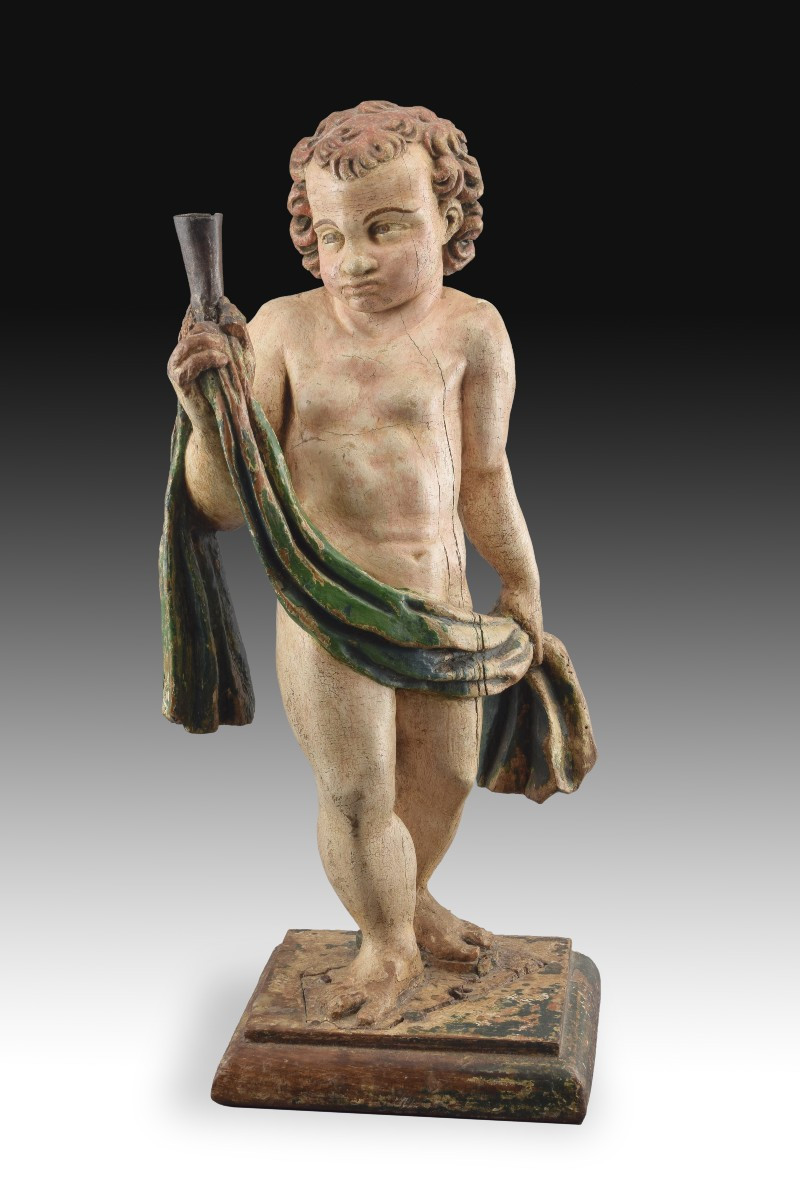
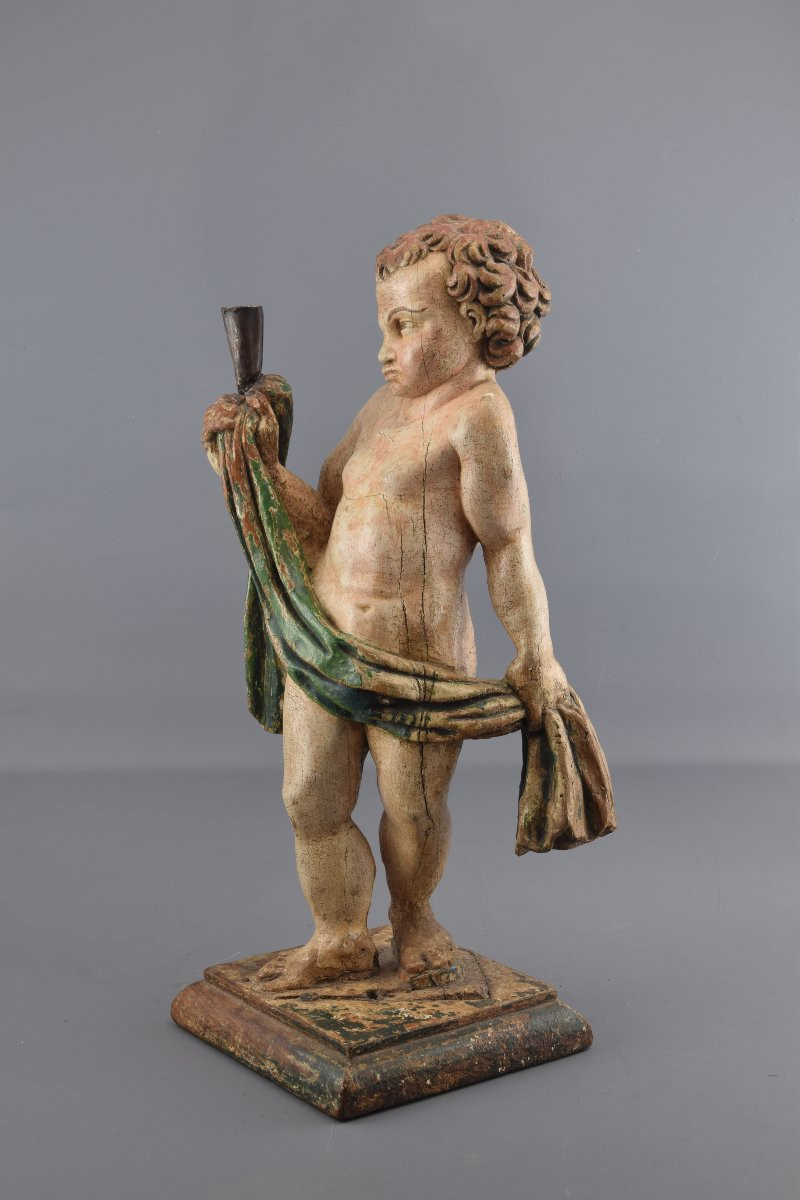
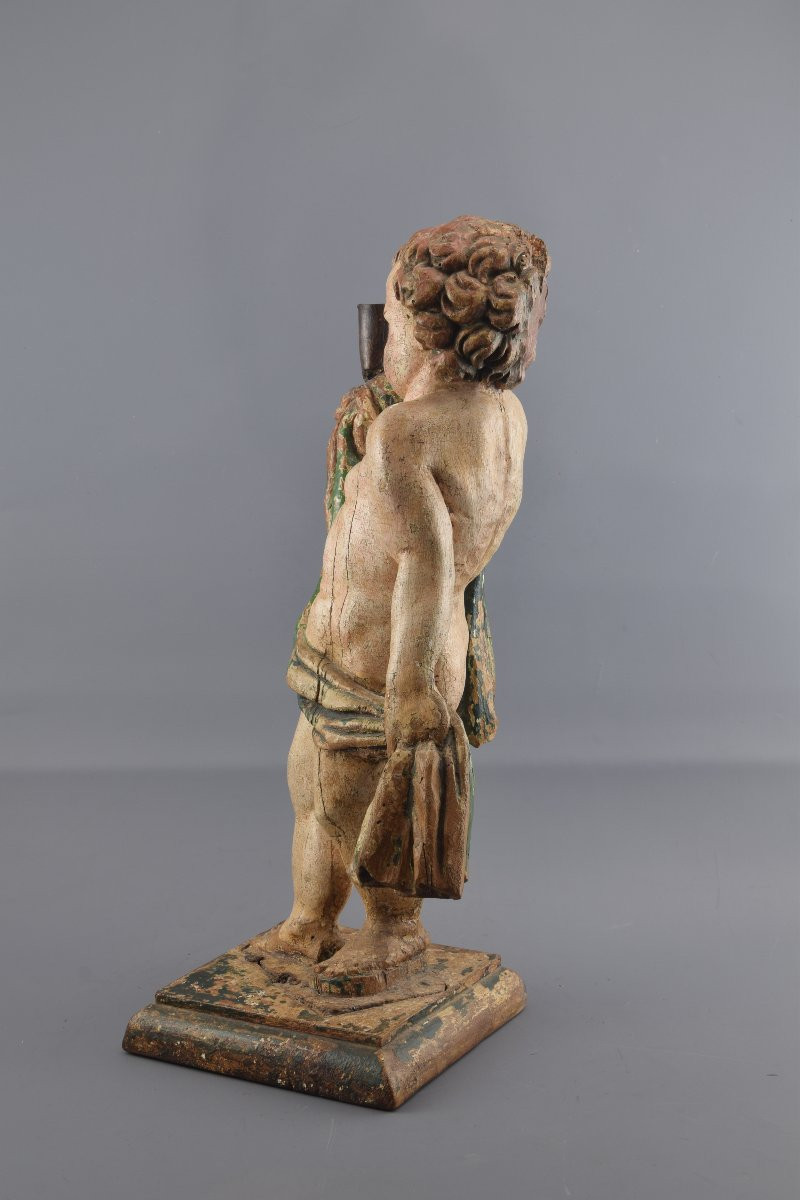
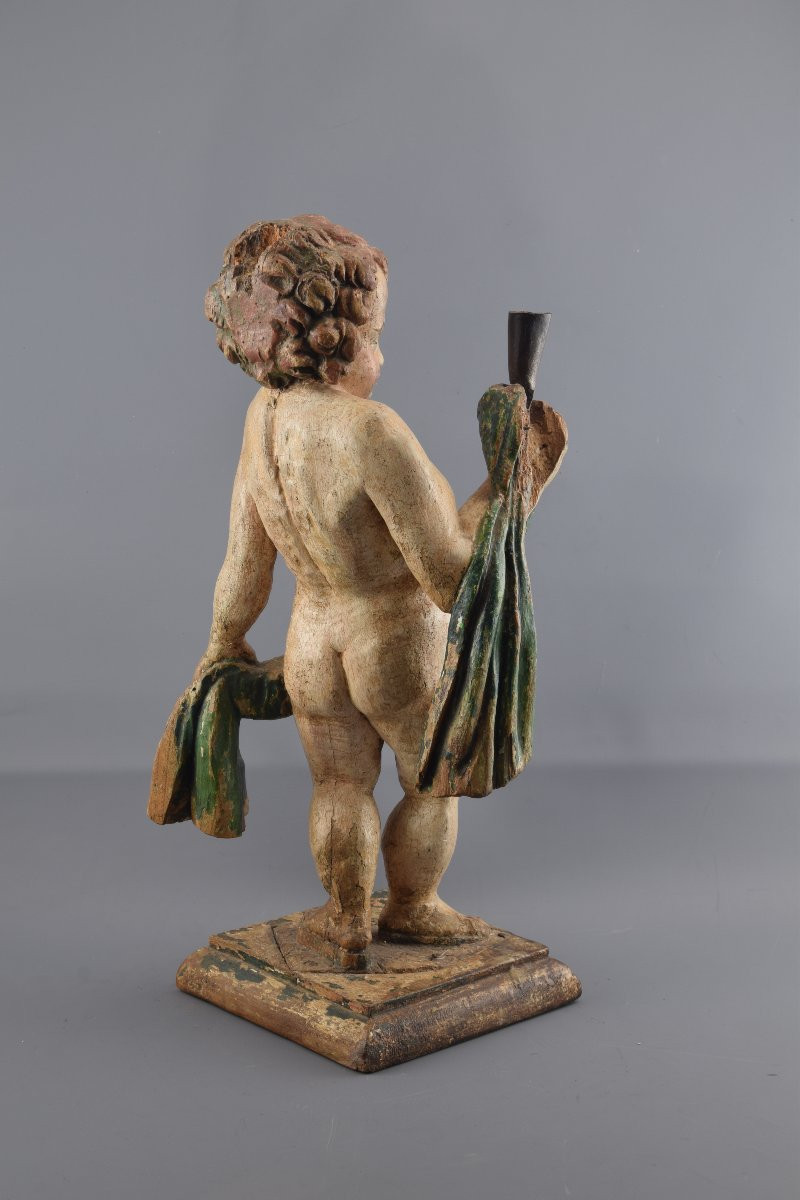
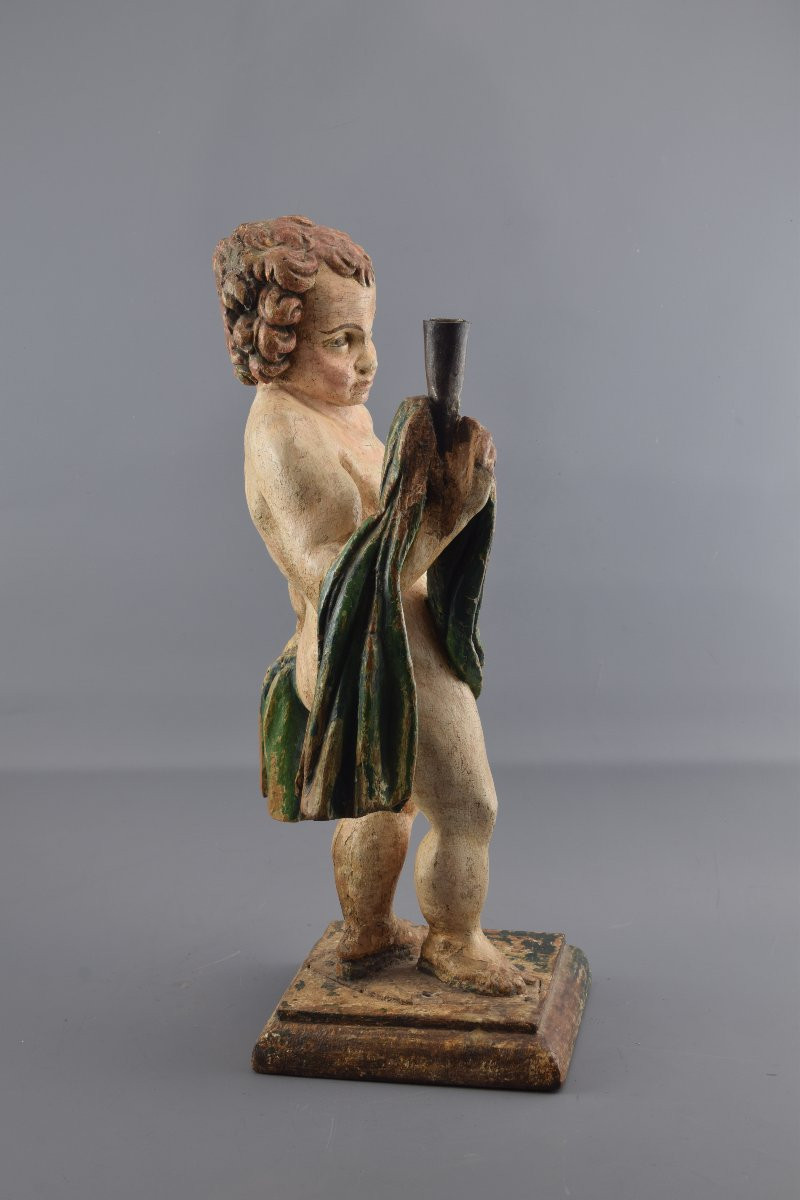
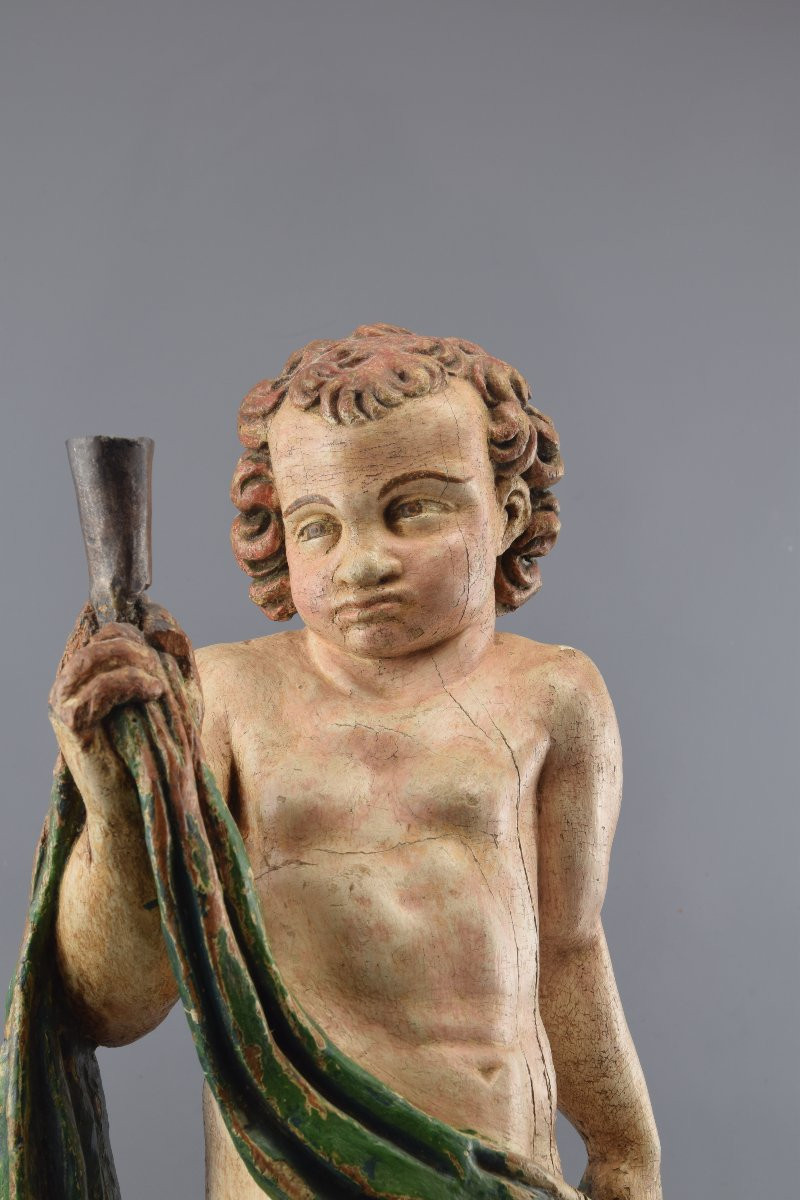







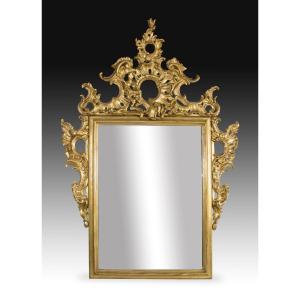











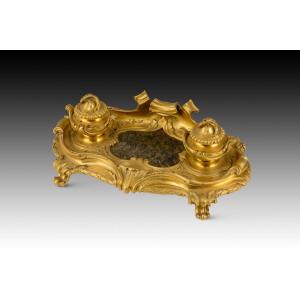


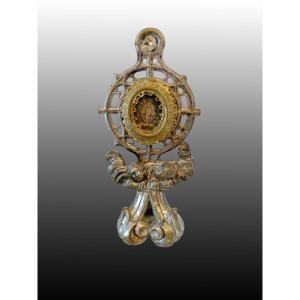

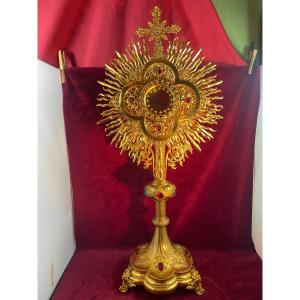
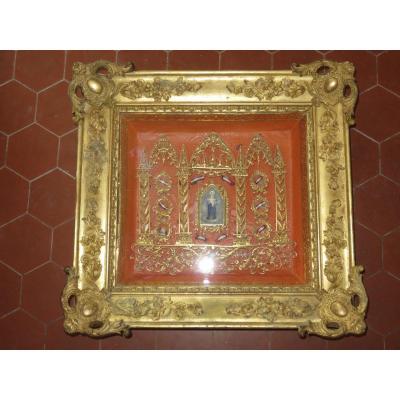
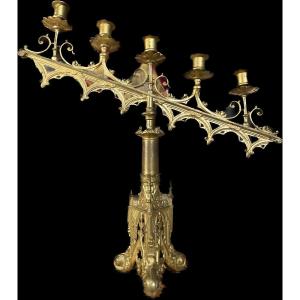



 Le Magazine de PROANTIC
Le Magazine de PROANTIC TRÉSORS Magazine
TRÉSORS Magazine Rivista Artiquariato
Rivista Artiquariato